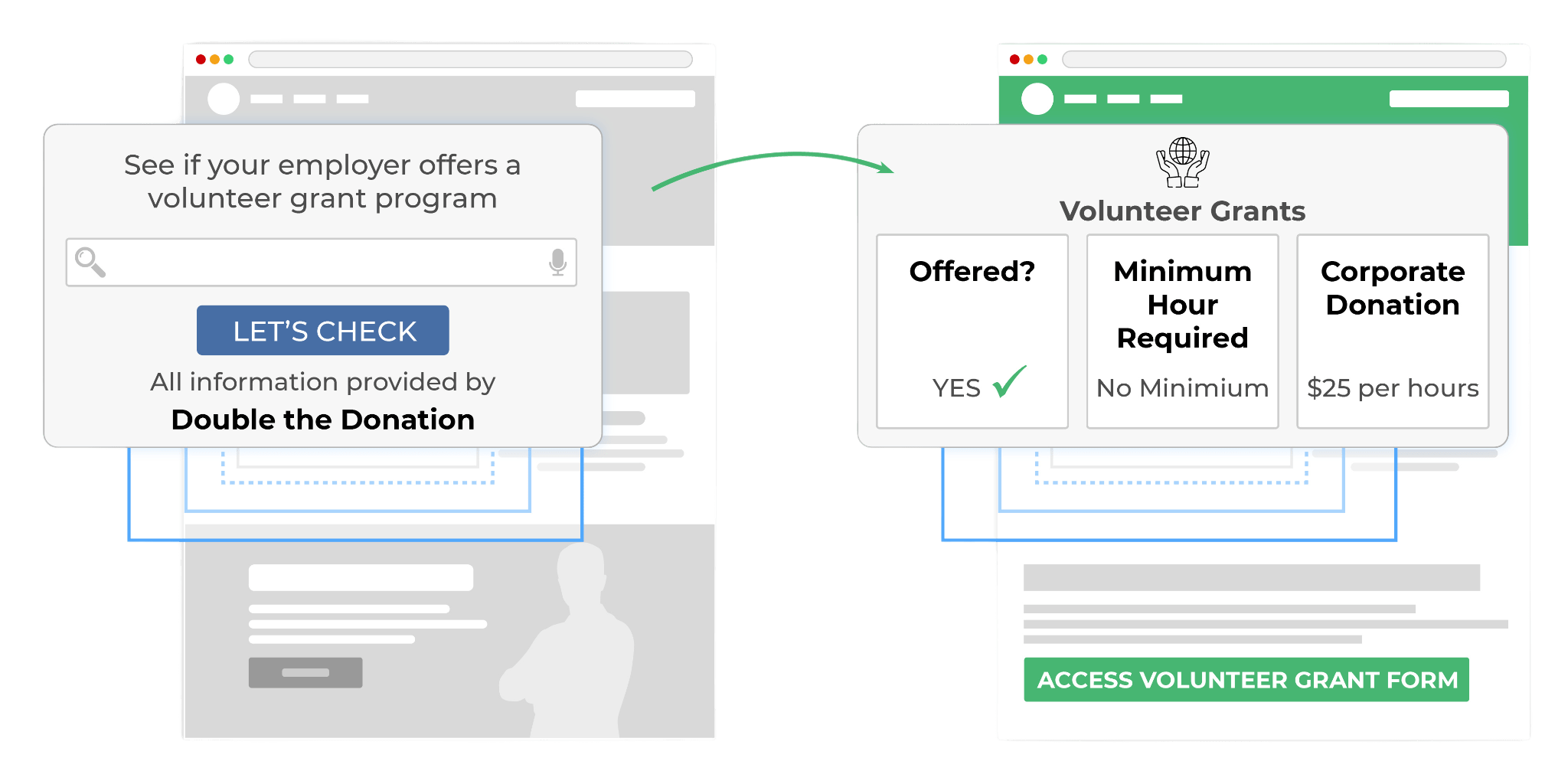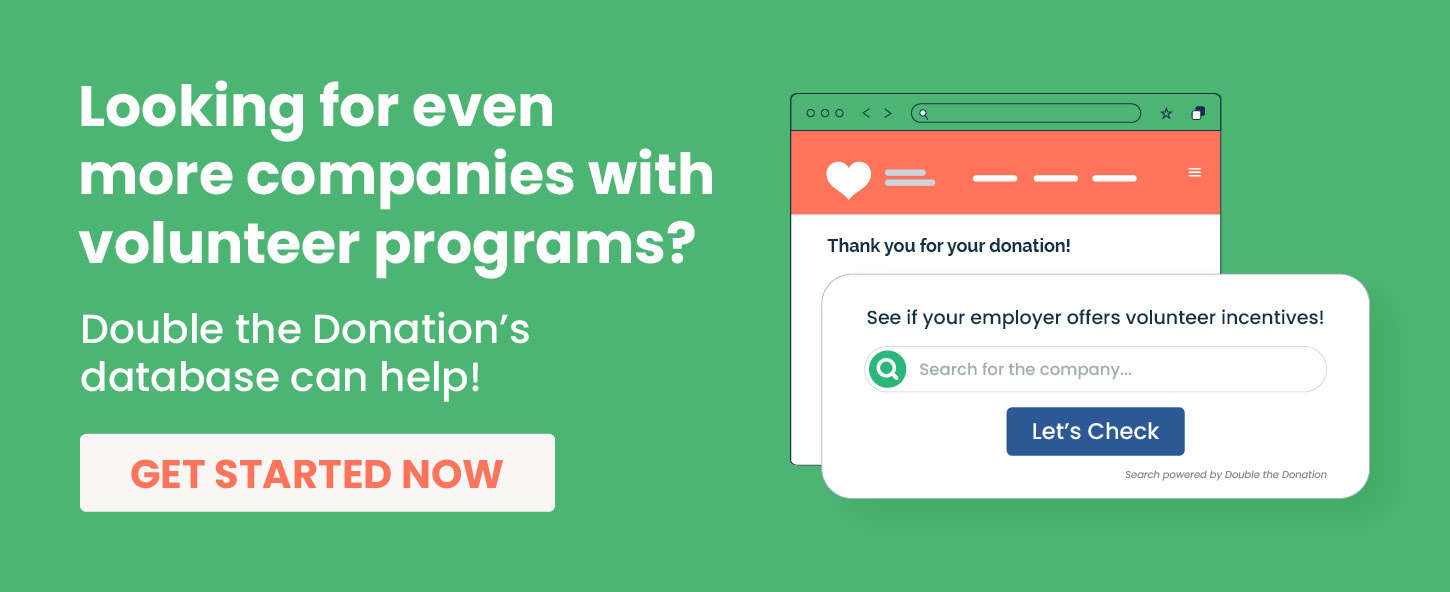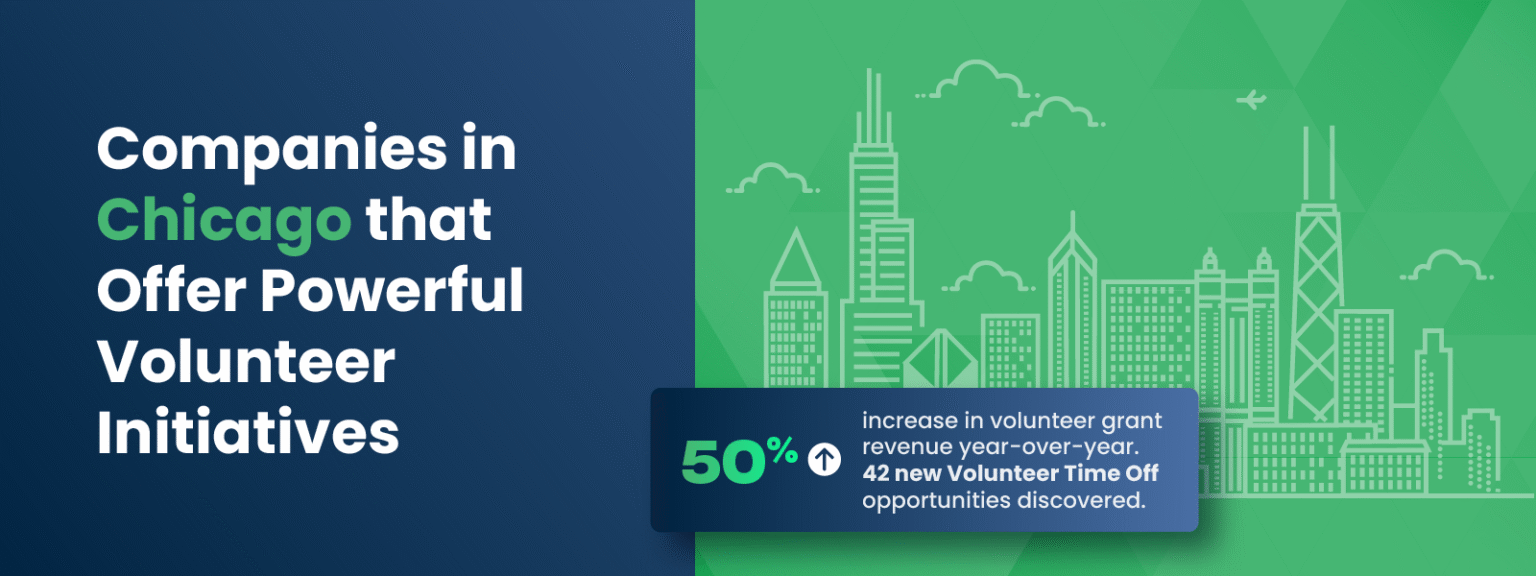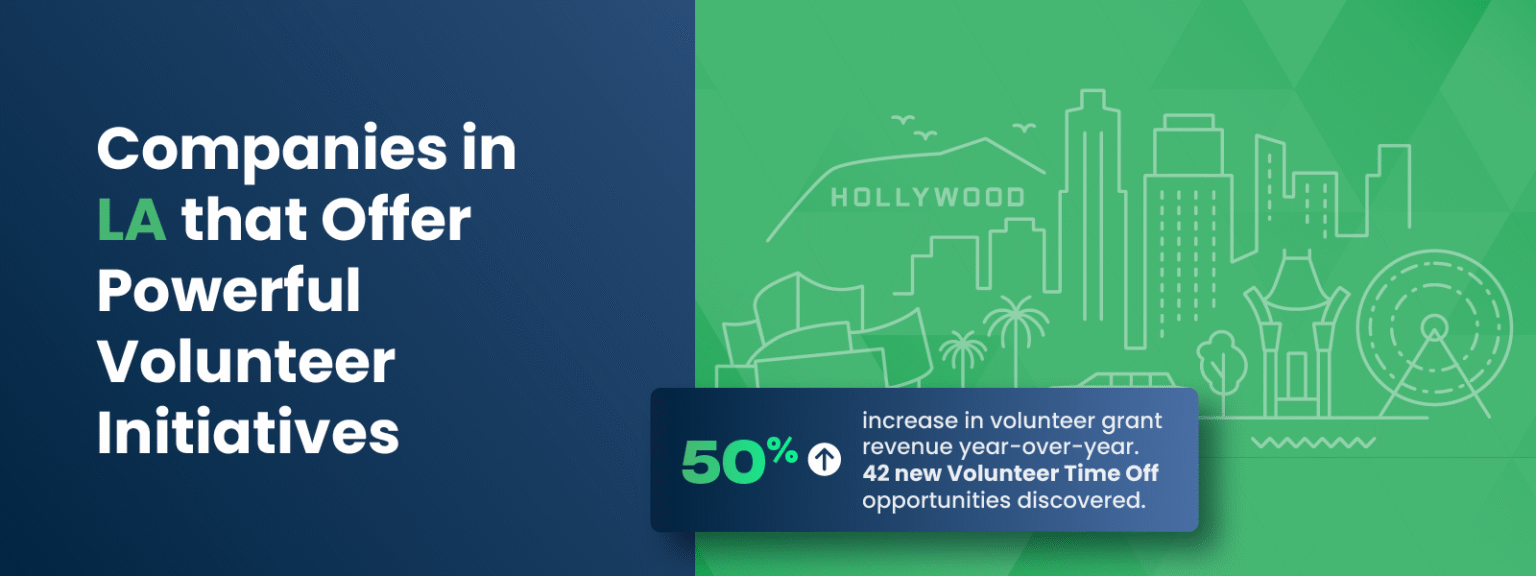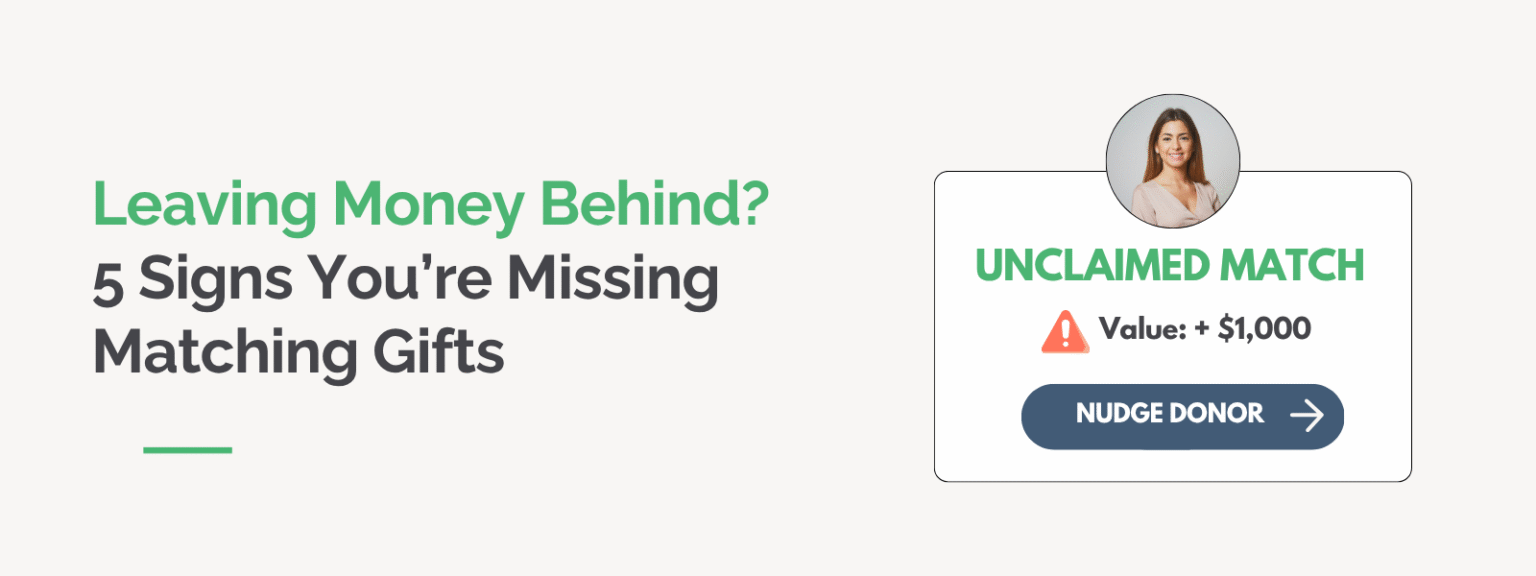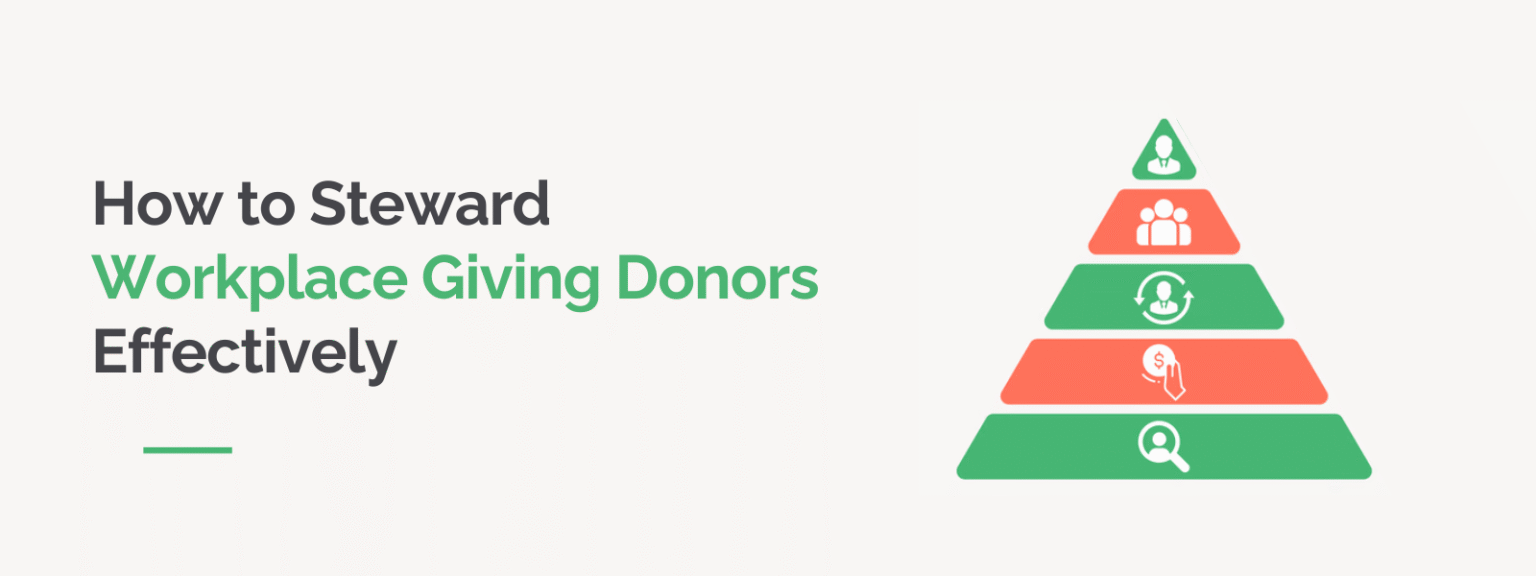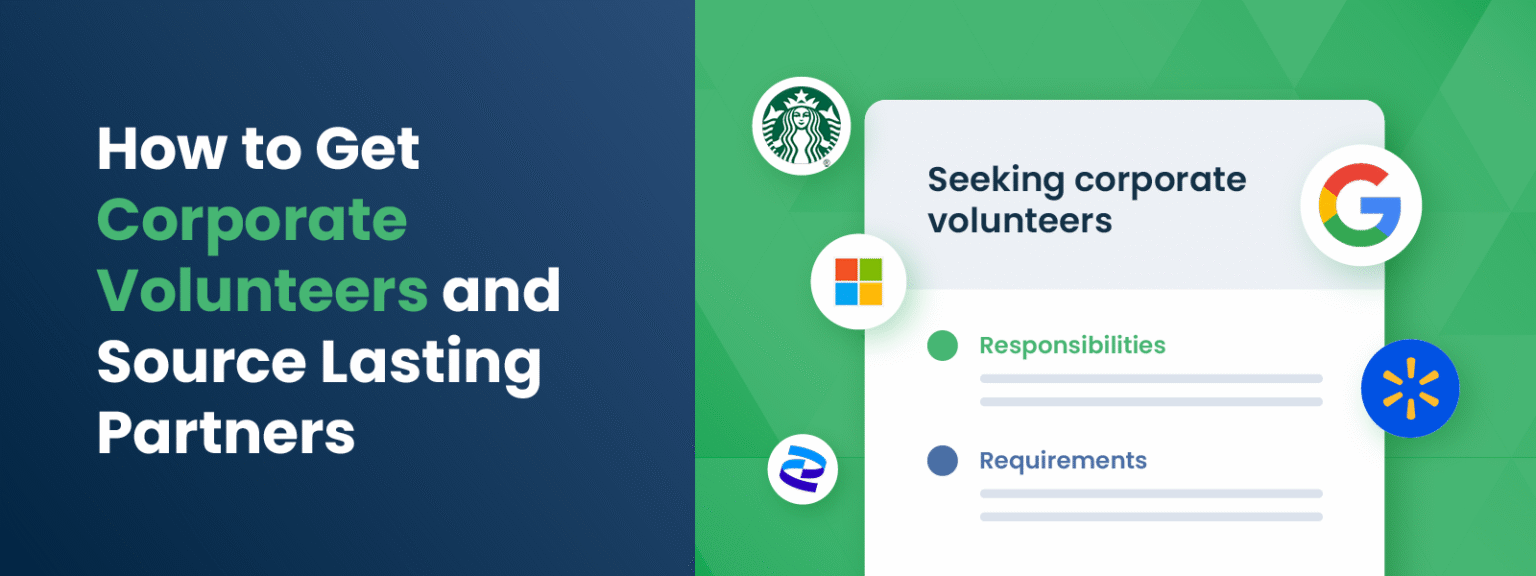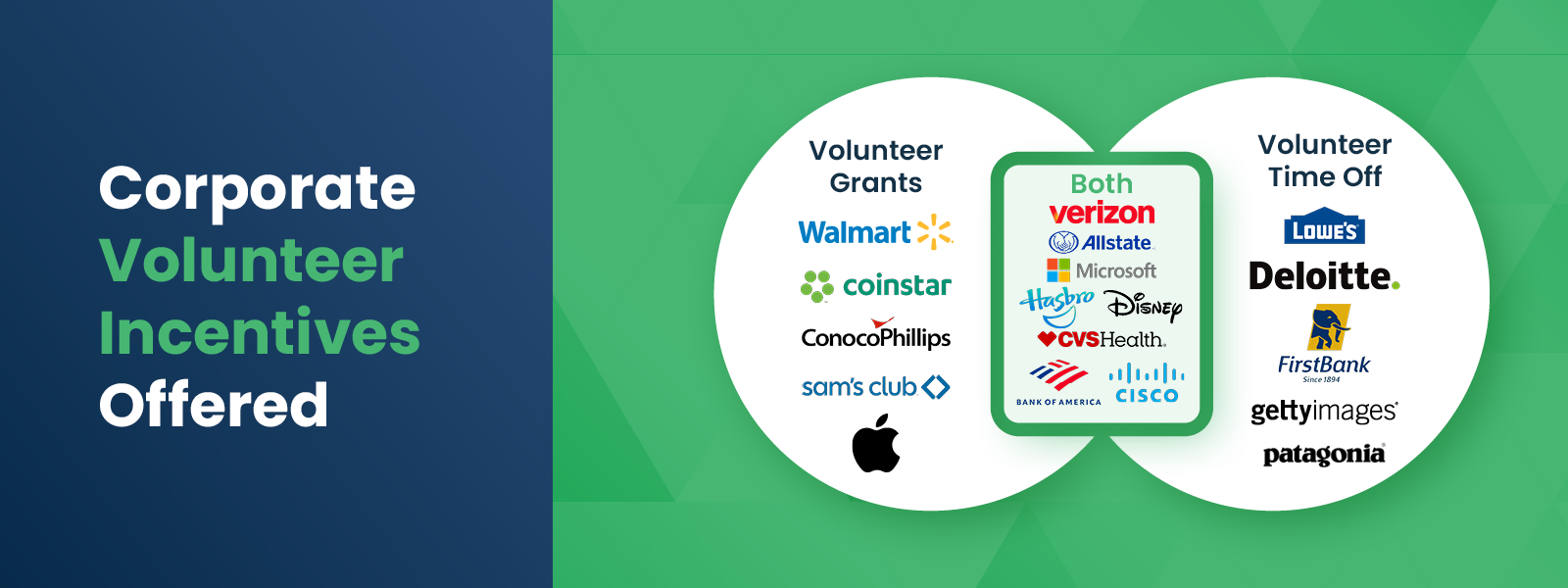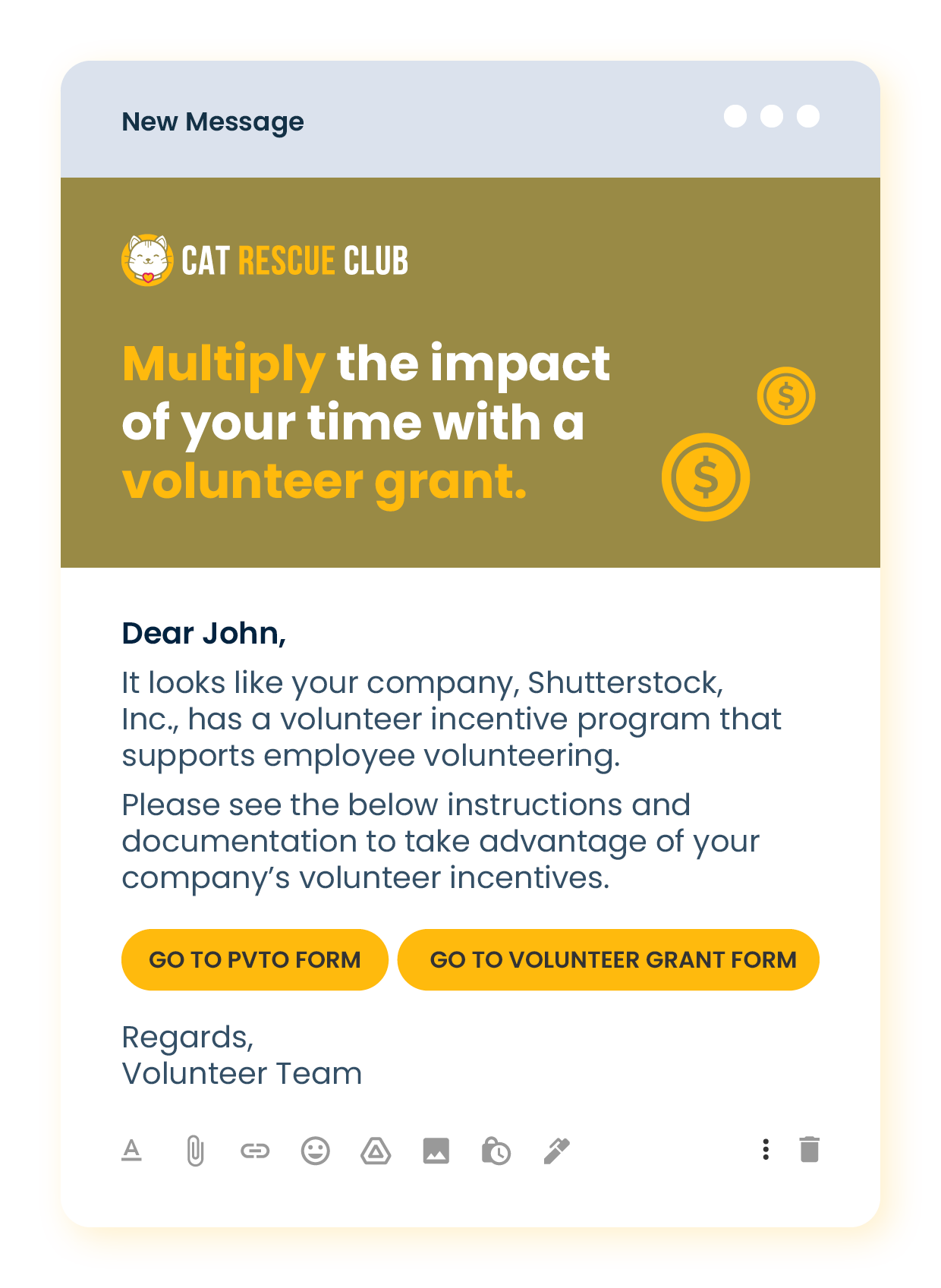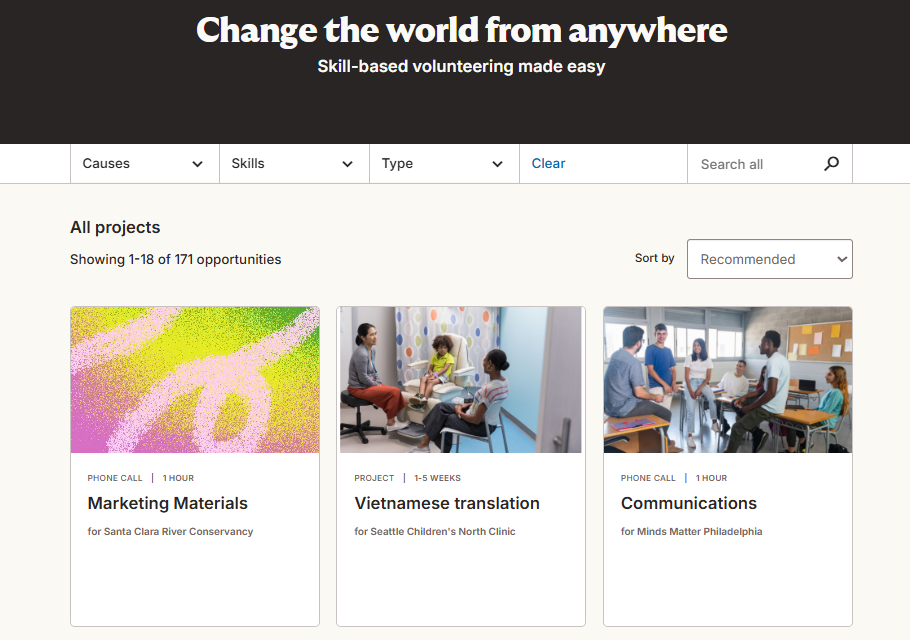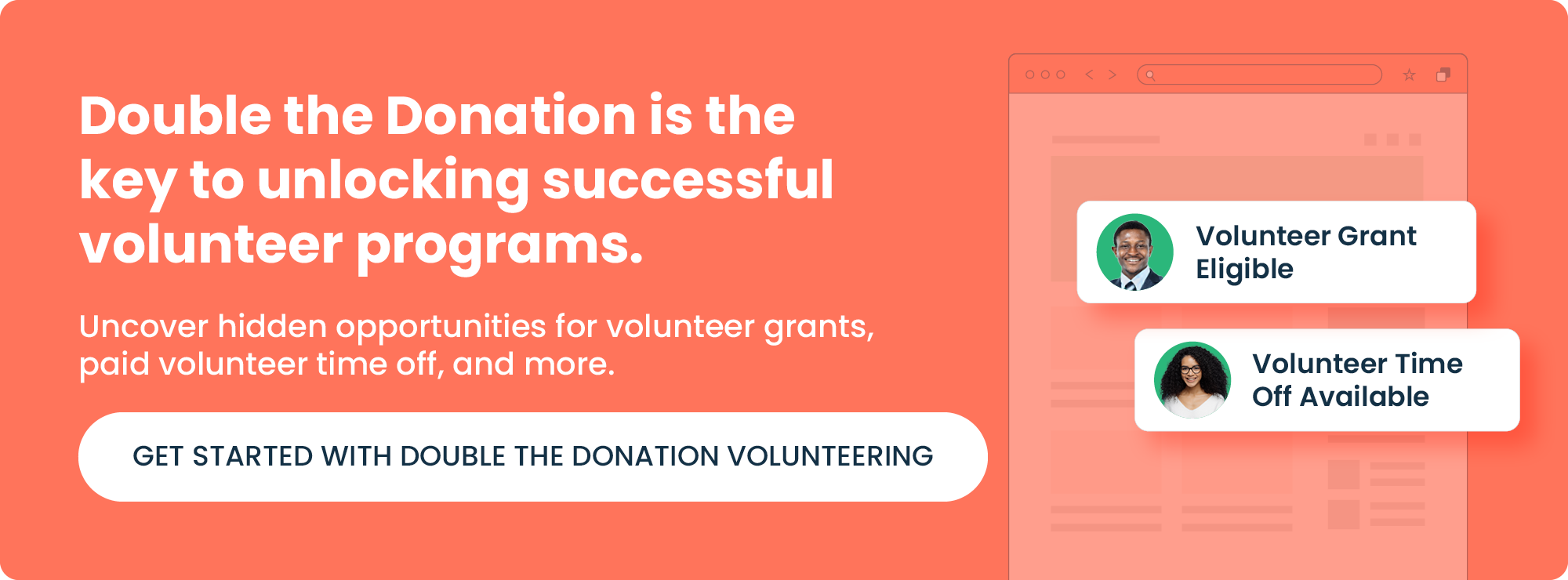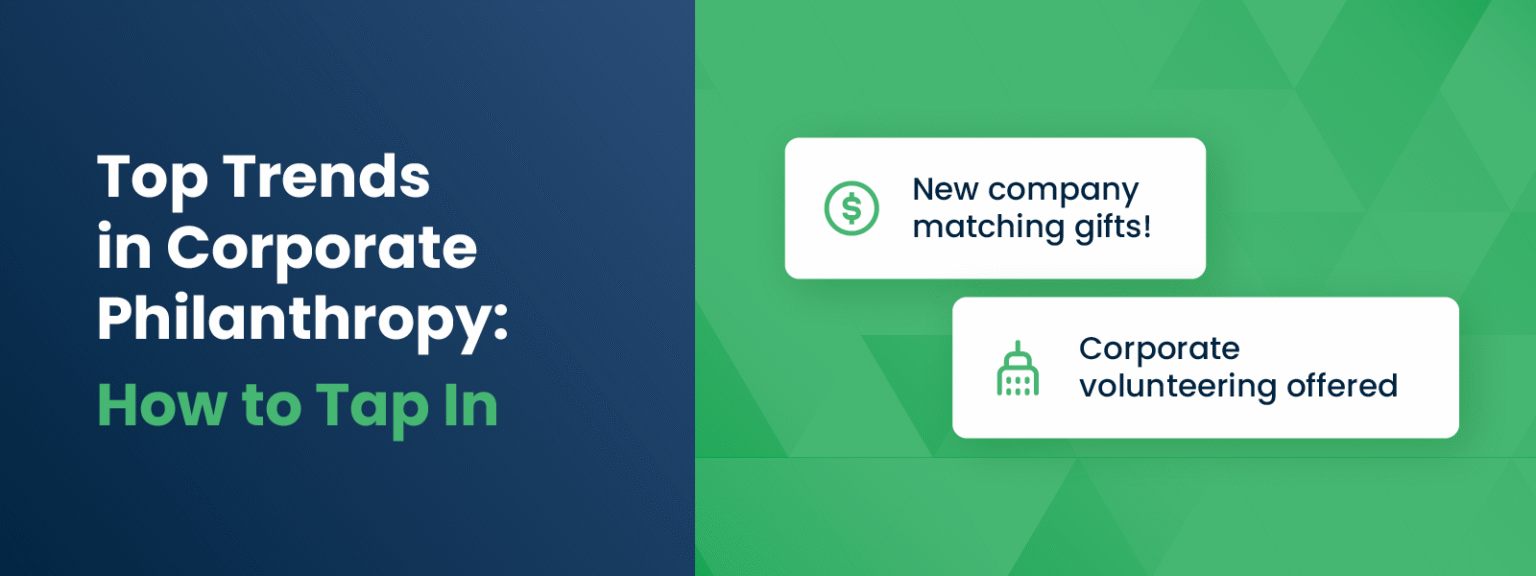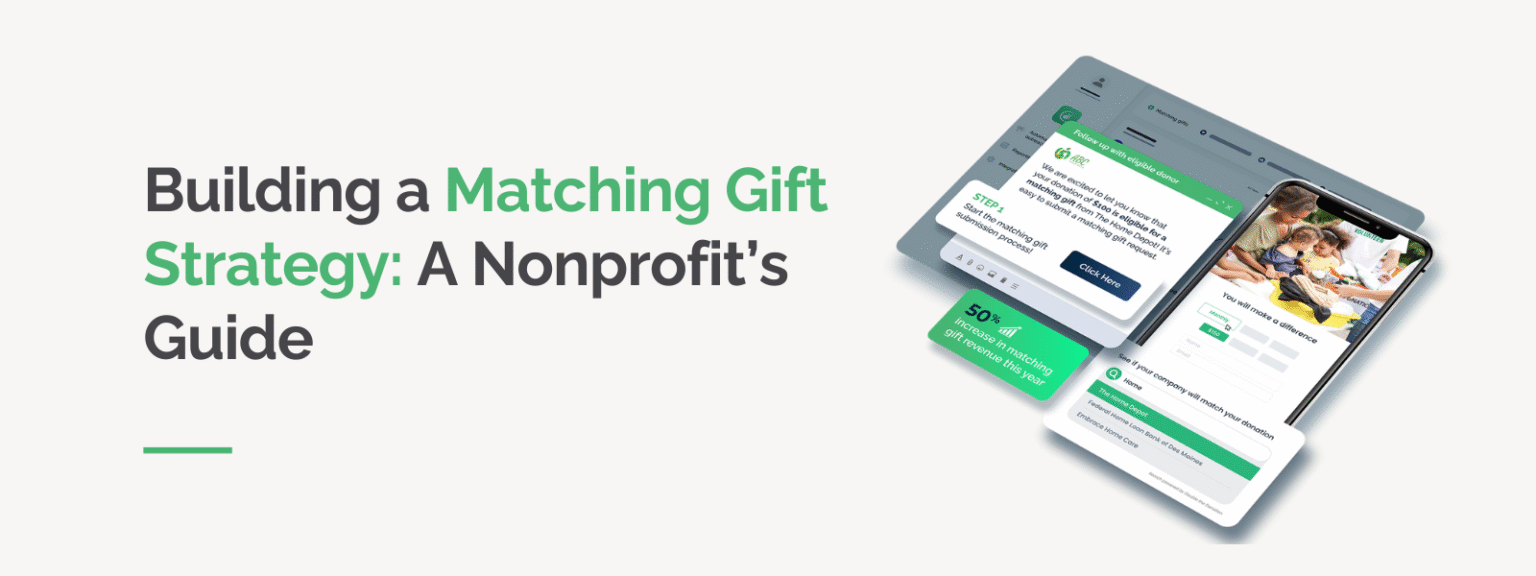Companies in Phoenix that Offer Powerful Volunteer Initiatives
Phoenix, Arizona, stands as a vibrant and rapidly growing metropolitan area known for its dynamic economy and diverse business landscape. As the fifth-largest city in the United States by population, Phoenix has become a significant hub for both corporate headquarters and nonprofit organizations. This unique blend of thriving businesses and community-focused nonprofits creates fertile ground for impactful volunteer initiatives that benefit the city and beyond.
Many companies headquartered or operating in Phoenix recognize the importance of corporate social responsibility and actively encourage their employees to engage in volunteerism. These efforts not only strengthen community ties but also enhance employee satisfaction and corporate culture. In this article, we will explore some of the leading companies in Phoenix that offer powerful volunteer initiatives, including volunteer grant programs and volunteer time off, providing valuable insights for nonprofits looking to maximize their partnerships with local businesses.
In this guide, we’ll walk you through:
- What to Know About Major Phoenix Companies in the Corporate Volunteer Space
- Top Companies in Phoenix That Offer Volunteer Grant Programs
- Leading Phoenix Companies That Provide Volunteer Time Off
- Exploring More Phoenix Volunteer Programs with a Workplace Philanthropy Database
As we explore the corporate volunteer landscape in Phoenix, it’s clear that the city is home to a wide range of companies with strong commitments to social responsibility and volunteerism. This guide will help you navigate the corporate sector, uncover invaluable corporate volunteer opportunities, and showcase how you can tap into corporate giving to boost your nonprofit’s impact.
Let’s dive into the key players in the Phoenix corporate volunteer space and examine the programs they offer to help organizations like yours advance their missions.
What to Know About Major Phoenix Companies in the Corporate Volunteer Space
Phoenix is more than just a desert city; it is a thriving economic powerhouse with a robust corporate presence that supports a wide range of industries. With a population exceeding 1.6 million residents, Phoenix ranks as one of the fastest-growing cities in the United States. The city is home to over 20 Fortune 1000 companies, reflecting its importance as a national and global business center. Key sectors such as technology, finance, healthcare, and manufacturing dominate the local economy, creating a fertile environment for corporate philanthropy and volunteerism.
Nonprofits in Phoenix benefit greatly from this strong corporate ecosystem. Many companies have embedded volunteer programs into their corporate social responsibility strategies, recognizing that employee volunteerism not only supports community needs but also fosters a culture of engagement and purpose within their workforce. These programs often include volunteer grants, where companies provide financial support to nonprofits based on employee volunteer hours, and volunteer time off (VTO), which allows employees to take paid time off to contribute to causes they care about.
The city’s economic vitality and corporate diversity make it an ideal place for nonprofits to seek partnerships with businesses that are eager to give back. Understanding the landscape of corporate volunteer programs in Phoenix can help nonprofits strategically engage with companies to maximize their impact and secure additional resources.
Top Companies in Phoenix That Offer Volunteer Grant Programs
Volunteer grant programs are a powerful way for nonprofits to receive additional funding based on the volunteer hours contributed by employees of participating companies. In Phoenix, several major corporations have established volunteer grant programs that reward employees’ community service with financial grants to the nonprofits they support. Below, we explore some of the top companies offering these programs and how nonprofits can benefit from them.
American Express
American Express is a global financial services company with a strong presence in Phoenix. Known for its commitment to community engagement, American Express offers a volunteer grant program that encourages employees to give back through service. Eligible employees can request grants for nonprofits where they volunteer a minimum number of hours, typically starting at 10 hours per year.
The program allows for multiple grant submissions annually, with maximum grant amounts often reaching several hundred dollars per employee. This flexibility enables nonprofits to receive ongoing support throughout the year. American Express’s volunteer grant program covers a wide range of volunteer activities, making it accessible to many types of nonprofit organizations.
Learn more about the program here!
Apple
Apple, a leader in technology innovation, also fosters a culture of volunteerism among its employees in Phoenix. The company’s volunteer grant program rewards employees who dedicate their time to community service by providing financial grants to the nonprofits they support. Employees usually need to volunteer a minimum of 10 hours to qualify for a grant.
Apple’s program is known for its generous grant amounts and the ability to submit multiple requests annually. The company emphasizes volunteer activities that align with its values, including education, environmental sustainability, and community development. Nonprofits working in these areas may find particularly strong support through Apple’s volunteer grant program.
Learn more about the program here!
Microsoft
Microsoft, a global technology giant with operations in Phoenix, offers a comprehensive volunteer grant program designed to amplify the impact of employee volunteerism. Eligible employees can submit grant requests for nonprofits where they have volunteered a minimum of 15 hours per year. The program supports a wide variety of causes, reflecting Microsoft’s broad commitment to social responsibility.
Grant amounts can be substantial, and employees are often allowed to submit multiple requests annually. Microsoft’s program also includes special initiatives that encourage volunteering in STEM education and digital inclusion, providing nonprofits in these sectors with additional opportunities for funding.
Learn more about the program here!
Google’s presence in Phoenix brings a strong emphasis on innovation and community engagement. The company’s volunteer grant program rewards employees who contribute their time to nonprofit organizations. Typically, employees must volunteer at least 10 hours to qualify for a grant, with the possibility of submitting multiple requests each year.
Google’s program is notable for its inclusivity, supporting a broad spectrum of volunteer activities. The company also encourages employees to engage in causes related to education, technology access, and environmental sustainability, aligning with its corporate values. Nonprofits in these fields can benefit significantly from Google’s volunteer grant program.
Learn more about the program here!
SAP
SAP, a global leader in enterprise software, has a strong commitment to corporate social responsibility in Phoenix. The company offers a volunteer grant program that rewards employees who volunteer a minimum of 10 hours annually. Grants are awarded to the nonprofits where employees volunteer, providing valuable financial support.
SAP’s program allows for multiple grant submissions and covers a wide range of volunteer activities. The company particularly supports initiatives related to education, workforce development, and social inclusion, making it a valuable partner for nonprofits working in these areas.
Learn more about the program here!
Cisco
Cisco, a multinational technology conglomerate with operations in Phoenix, offers a robust volunteer grant program that encourages employees to engage in community service. Employees who volunteer at least 10 hours per year can request grants for the nonprofits they support, with the opportunity to submit multiple requests annually.
The program supports a diverse array of volunteer activities and aligns with Cisco’s focus on technology, education, and community development. Nonprofits that partner with Cisco employees can benefit from both the volunteer hours and the financial grants that accompany them.
Learn more about the program here!
Leading Phoenix Companies That Provide Volunteer Time Off
Volunteer Time Off (VTO) programs are another impactful way companies in Phoenix support employee volunteerism. These programs allow employees to take paid time off specifically to volunteer for causes they care about, making it easier for them to contribute their time without sacrificing income. Below, we highlight some of the leading Phoenix companies offering VTO programs and the details nonprofits should know to engage effectively.
University of Phoenix
The University of Phoenix, a prominent educational institution headquartered in the city, offers a Volunteer Time Off program that encourages employees to dedicate paid hours to community service. Employees are typically granted a set number of paid volunteer hours annually, often ranging from 8 to 16 hours, depending on their role and tenure.
The program supports a wide variety of volunteer activities, with a focus on education, community development, and social services. The University of Phoenix’s VTO program is designed to foster a culture of giving back among staff and faculty, making it a valuable partner for nonprofits seeking engaged volunteers.
Learn more about the program here!
Phoenix Closures Inc.
Phoenix Closures Inc., a manufacturing company specializing in packaging solutions, offers a Volunteer Time Off program that provides employees with paid time to volunteer. Employees can typically access up to 8 hours of VTO annually, which can be used for a broad range of community service activities.
The company encourages volunteerism that supports local community needs, including health, education, and environmental causes. Nonprofits in the Phoenix area can benefit from this program by engaging with Phoenix Closures employees who are motivated to contribute their time during work hours.
Learn more about the program here!
Phoenix Mercury
The Phoenix Mercury, a professional women’s basketball team, supports community engagement through its Volunteer Time Off program. Employees and team members are granted paid time off to participate in volunteer activities, with the amount of VTO varying based on position and length of service.
The program emphasizes support for youth development, sports, and community wellness initiatives. Nonprofits aligned with these causes may find strong volunteer support from the Phoenix Mercury’s staff and players, who are encouraged to give back to the community.
Learn more about the program here!
GoDaddy
GoDaddy, a leading internet domain registrar and web hosting company headquartered in Phoenix, offers a comprehensive Volunteer Time Off program. Employees are typically eligible for up to 16 hours of paid volunteer time annually, which they can use to support nonprofits of their choice.
The program is designed to be flexible, allowing employees to volunteer in a variety of sectors, including education, technology access, and social services. GoDaddy’s commitment to community involvement makes it a valuable partner for nonprofits seeking dedicated volunteers with paid time to serve.
Learn more about the program here!
Avnet
Avnet, a global technology solutions company based in Phoenix, provides a Volunteer Time Off program that encourages employees to engage in community service during paid work hours. Employees generally receive up to 8 hours of VTO annually, with opportunities to participate in company-sponsored volunteer events as well.
The program supports a wide range of causes, including education, health, and environmental sustainability. Avnet’s VTO program helps nonprofits by increasing the availability of skilled and motivated volunteers who can contribute meaningfully to their missions.
Learn more about the program here!
Explore More Phoenix Volunteer Programs with a Workplace Philanthropy Database
While the companies highlighted above represent some of the most prominent volunteer grant and VTO programs in Phoenix, many more businesses in the city and beyond it offer similar opportunities that nonprofits can tap into. To uncover these additional programs, nonprofits can leverage workplace philanthropy databases like Double the Donation, which provide comprehensive listings of corporate volunteer initiatives.
These databases allow nonprofits to search for companies based on the types of corporate giving programs they offer, including volunteer grants, matching gifts, payroll giving, and volunteer time off. By using such tools, nonprofits can identify new corporate partners that align with their mission and expand their fundraising and volunteer engagement strategies.
Moreover, many workplace philanthropy databases can be integrated directly into nonprofit workflows, such as registration forms, volunteer follow-ups, and dedicated volunteer web pages. This integration ensures that every volunteer has the opportunity to determine their eligibility for corporate volunteer programs, maximizing the potential for additional funding and support.
Wrapping Up & Final Thoughts
Phoenix’s vibrant corporate landscape offers a wealth of opportunities for nonprofits to engage with companies that prioritize volunteerism and community impact. From volunteer grant programs offered by industry leaders like American Express, Apple, and Microsoft to Volunteer Time Off initiatives at organizations such as the University of Phoenix and GoDaddy, the city’s businesses are deeply invested in fostering a culture of giving back.
Nonprofits can leverage these powerful volunteer initiatives to not only increase their funding through volunteer grants but also to build stronger relationships with corporate partners and their employees. By understanding the specific programs available and how to engage with them effectively, nonprofits in and near Phoenix can enhance their capacity to serve and create lasting community change.
Exploring additional volunteer programs through workplace philanthropy databases further expands the possibilities for nonprofits to connect with businesses that share their values. Taking advantage of these resources and programs is a strategic step toward maximizing impact and sustaining long-term growth in the nonprofit sector.
Discover How Double the Donation Can Help Your Nonprofit Grow Corporate Volunteerism
Ready to unlock the full potential of corporate volunteer programs? With Double the Donation’s tools, you can effortlessly capture volunteer grants and employer-sponsored time off, helping you maximize the value of every hour your supporters give.
Don’t miss out on additional funding opportunities that could significantly boost your nonprofit’s revenue. Get started today, and see how easy it is to integrate volunteer incentives into your fundraising strategy. Let Double the Donation help you turn volunteer hours into lasting impact. Request a personalized demo today!


